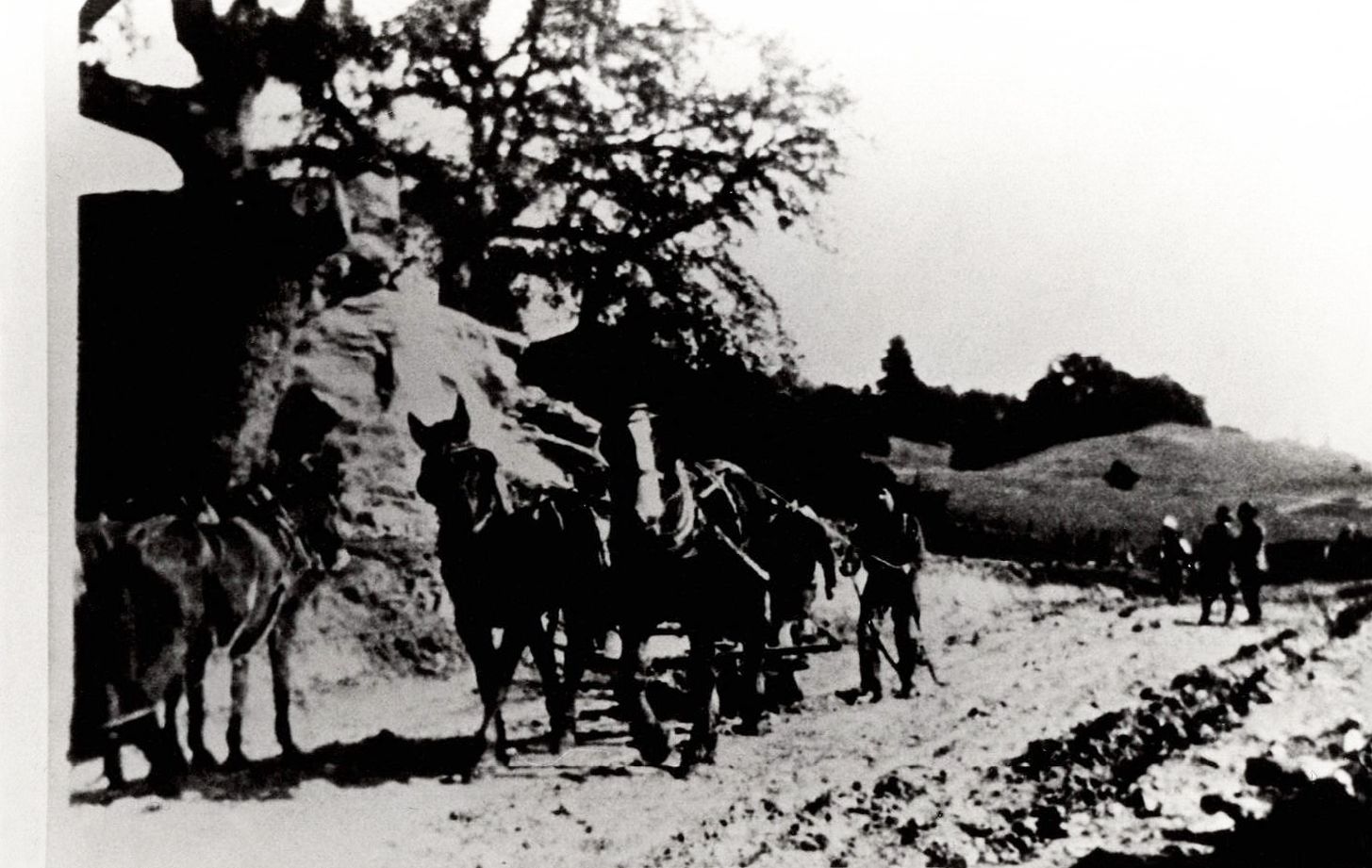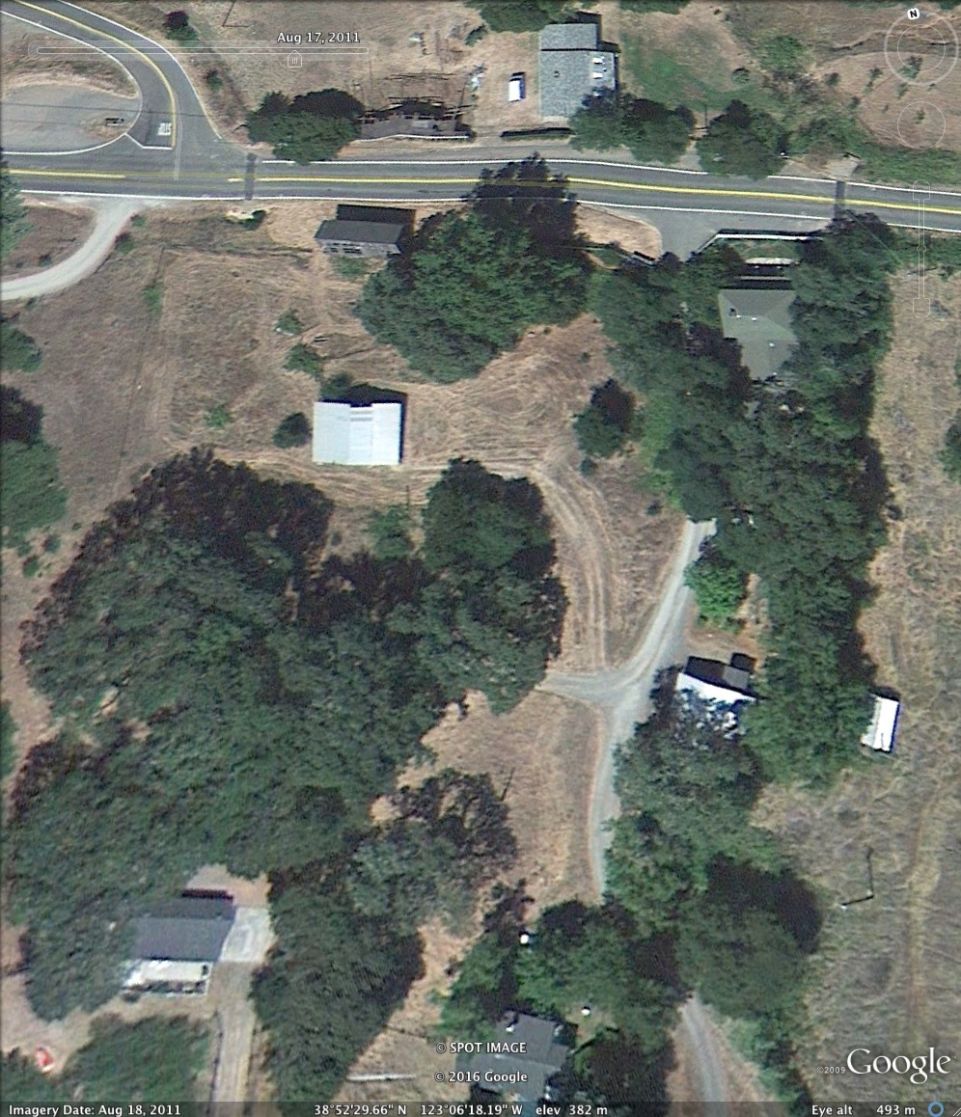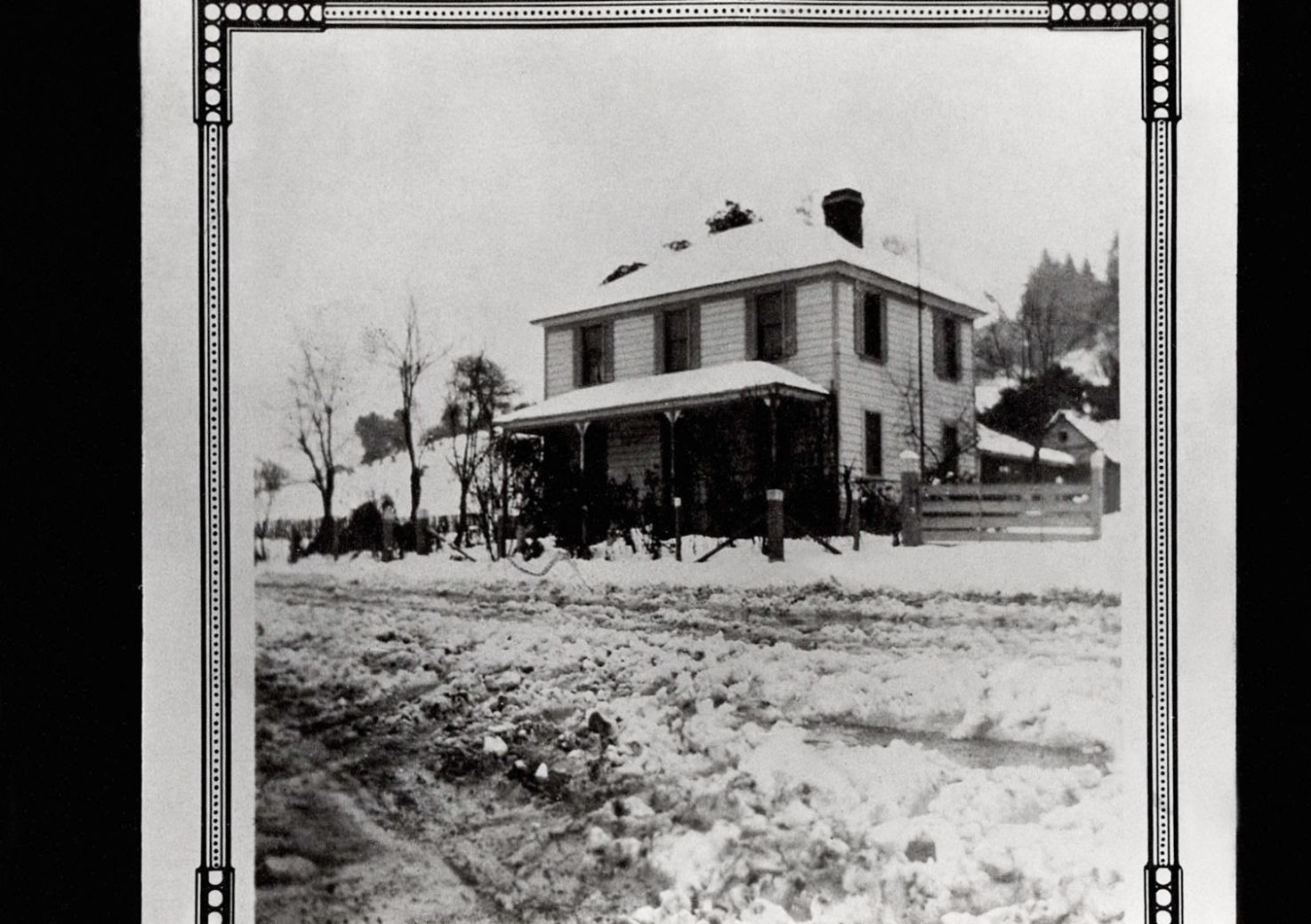Mountain House Winery History
The first grapes were planted in Cloverdale, CA in 1860 by D.C. Brush. The brick building located at the east end of Lake Street along the railroad track was the original winery.
In 1881, some Italian Swiss people were trying to find some project for employment of their countrymen migrating to this country. They purchased a tract of land from Mr. and Mrs. Myer Truett. The Italian Swiss Colony was formed by Andnrew Sparbora and they called the settlement Asti.
The Italian Swiss Colony developed an advertising campaign made famous in the 1960s with the “Little Old Wine Maker, Me” jingle. Later, Charlie Walker in 1966 recorded a parody of the jingle and the song became a hit for Robert Mitchum in early 1967, and Dean Martin later that same year.
Mountain House Winery is located in the Yorkville Highlands American Viticultural Area (AVA) located in southern Mendocino County. During the day, the climate is cooler than Alexander Valley, and cooler at night. The climate for the region is Mediterranean / maritime.
Within the larger Mendocino County, California appellation, several smaller AVA’s exist, including:
- Anderson Valley
- Mendocino Ridge
- Sanel Valley
- Ukiah Valley
- Mendocino Ridge
- Covelo
- Eagle Peak Mendocino County
- Dos Rios
- Cole Ranch
- McDowell Valley
- Potter Valley
- Redwood Valley
The Yorkville Highlands Growers and Vintners Association (YHGVA) maintains a website where additional information may be found.
In April 1982, Mountain House Winery was included in the California Historical Society’s, Register of Historic California Businesses.
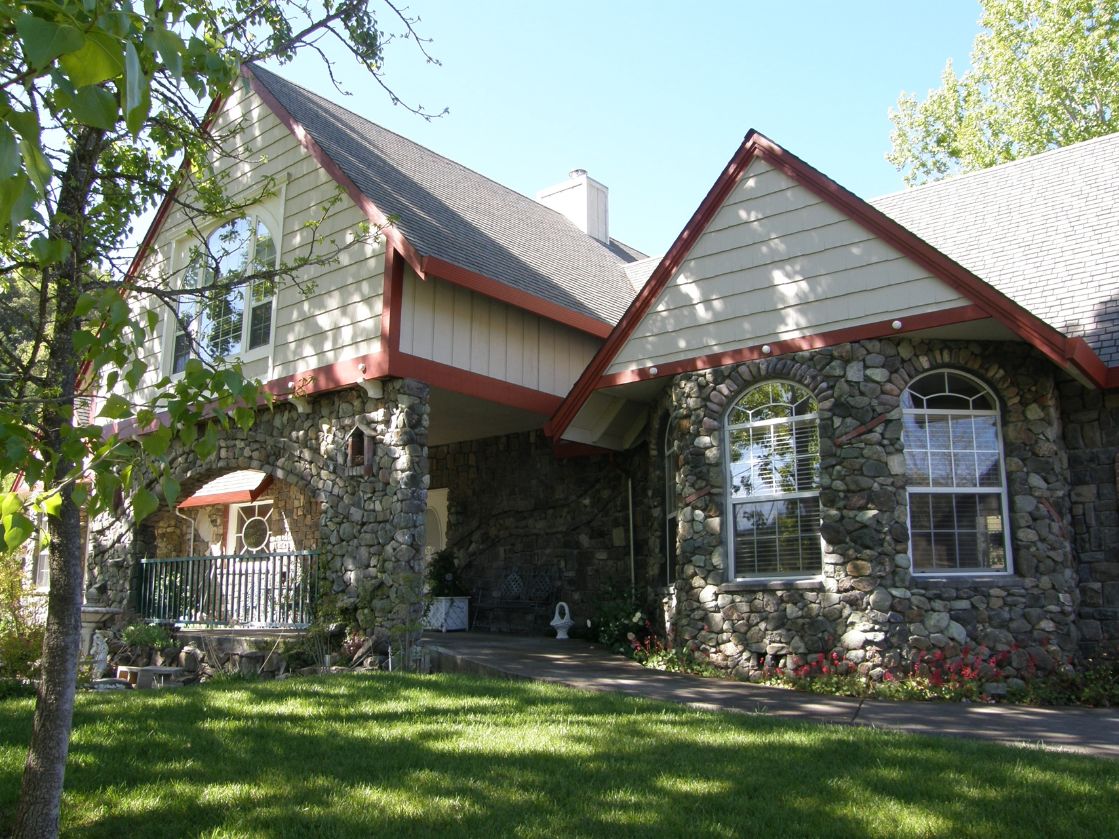
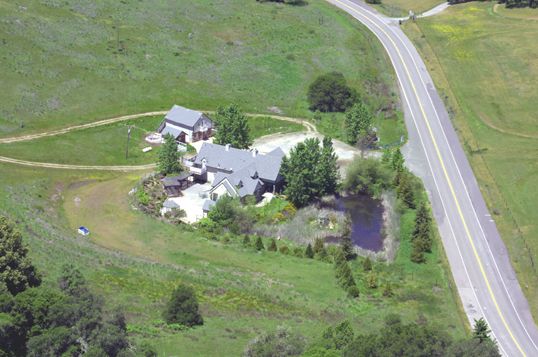
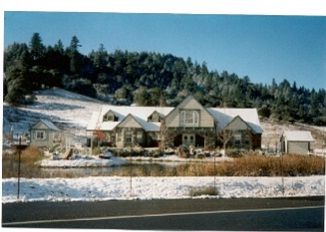
Mountain House Moments
MOUNTAIN HOUSE MOMENTS
By Michelle Turner and Ron Lipp, 2019
The ranch had been acquired in the early 1970s by Jimmy Johnson, a local realtor. He restored the house, which apparently was so decrepit that the open sky showed through the holes in the roof, down to the foundation, and sold it to Dr. David Holbrooke, a Sausalito physician, who intended it as a vacation retreat. Holbrooke built the 9 acre-foot pond at one end of the property, had second thoughts, and sold it to Ron and his partners.
On the 4th of July, 1980, Ron Lipp and I were celebrating the holiday, sharing a glass of wine on the back porch of the old Victorian house at Mountain House ranch, and we began talking about the grape harvest of 1980. Ron and his partners bought the property in 1979, and he was thinking he would wait until 1981 when he had all the permits needed, and all the equipment purchased. Ron had gone through the Master’s Program in viticulture and enology at UC Davis and done a sort of apprenticeship at Mayacamas Vineyards. I was the sales manager at Mayacamas – which was how we met. Maybe it was the wine, or maybe just the excitement of thinking about it, but I convinced Ron that day that we shouldn’t wait, we should see if we could put it all together by the end of August, in time for the 1980 harvest. (I was never one to back away from a challenge.) I would deal with the Government agencies (27, if I remember correctly) and he would deal with finding some grapes, buying the equipment needed, and getting the buildings ready. It was a daunting task to do so much in a mere eight weeks. And it almost didn’t happen. In the final days, during our hearing before the Mendocino County Board, the Sonoma County Board objected to the approval of our winery permit application until a complete archaeological survey could be completed, a task of uncertain but likely lengthy duration. There is little love lost between the officials of the two Counties, the Board remanded the intervenors that we were in Mendocino County and promptly denied their request and granted our application, Nine weeks after we began, we were ready to go. Ron recalls a moment of panic when the first truckload of grapes lumbered up the drive to the crushing station, trying to imagine what he would do if he were a real winemaker.
As part of the effort, he had also had the good fortune to acquire a crew. Two neighbors, John Mark, and Gerry Volmer were able carpenters who helped us convert the old barns to wine cellars. They allowed that it might be fun to experience a winery crush and whatever else was needed. They also had a network of others to help when we needed it, planting the vineyard, crushing grapes, bottling wine. Another neighbor lady, Cypress, from one of the hippy communes up the road, undertook to paint the weather-beaten outside of the house for us. She was amazing. No drop-cloths did all the gingerbread without taping, the best job we’d ever seen. She also cleaned for us. Her main limitation was that you never knew when she couldn’t work because the “karma wasn’t right” that day.
When we were planting the vineyard (5 acres of Chardonnay grapes), we had a crew assembled from all over the farms and communes in the area. We thought they would be good because of all the pot farms that had been planted in recent years. Ron showed them how to plant the vines, the right size hole, how to cover it with dirt, and then top with a milk carton to keep critters from chewing it. He walked back to the house for a bit and came back to find that they had planted the first acre of vines upside down, roots gaily waving in the air. Oops, redo. But apparently no harm done – all the replanted vines survived. Planting the vineyard taught us other early lessons. Before we could put in the vines, we needed to rip the acreage. We hired a fellow with a big Cat. He thought that two large rock outcroppings in the area were too big for his machine, but he “knew a fella” who was handy with dynamite. The fella said “no problem”, a couple of sticks would pop them right out. We learned that you can’t fault a person for enthusiasm, but that is no substitute for competence. His sticks of dynamite not only popped the rocks but rained showers of rock shards across Highway 128 into oncoming traffic. We soon had irate motorists charging at us from the roadside. Fortunately, we were able to determine that no damage was done to their vehicles. But we gained a valuable lesson.
The crew had limitations that went beyond competence, as well. One time, when we were working outside the winery, INS (U.S. Immigration and Naturalization Service) patrol helicopter passed and circled slowly overhead. Half the crew made a beeline inside the cellar. We learned that whenever a vehicle painted a certain shade of green appeared by the property, some of our crew would make it scarce.
In the winter when we bottled inside the winery; and it was so cold, I cooked lunch for the crew, mainly soups to warm up, and had such fun crazy conversations. I ran into one of the ladies about 10 years ago who helped and she said she always looked forward to those lunches, laughing till your sides hurt.
We spent a lot of time redoing the buildings, clearing out clutter, making every building usable. The best thing we found was a big jar of rattlesnake rattles in the old barn. There were some other “treasures” that we used around the property for decorations, some rusty pieces of pumps and old tools, We turned the small stone building into a wine storage area, the caretaker’s cottage into a tasting room, and the cottage by the lake into a getaway place for friends, family and us. We would float on the “lake” (as we called it) in the summer. The kids loved it. The algae floating on the lake proved no inhibition.
It was rumored that famous bandit, Black Bart, frequently frequented the Ranch as he traveled; supposedly a ‘friend of Mrs. MacDonald’. Our two imaginative daughters needed no more incentive to spend hours digging around trees, along the creek by the house, and up the hills, looking for treasure that they believed he hid when the law was after him.
When the girls weren’t occupied with Black Bart, they decided to sell lemonade by the side of the road to make some money. They stationed themselves at a pullout along Hwy. 128, close to the house. They sat there for a day or so and very few people stopped. On the third day, they had an idea. They pulled a bunch of pots from the gardening shed and added them to their lemonade stand. They printed a huge sign that read, “Mendocino Pot For Sale”. One traveler after another screeched off the road to their stand. They had put prices on the pots, and said, ever so sweetly. “These are our pots for sale. Genuine Mendocino pots. And while you’re here, won’t you buy some lemonade?” They made about $50 in a couple of days. Their picture was in one of the local newspapers, but I can’t find it now.
We used to have picnics on what we called, “Picnic Hill” (which is on your property, John, Mountain House Estate). It had an amazing view, a grassy knoll; and in the Spring, it had the most wonderful display of wildflowers. One year we invited someone to lead wildflower walks up there, and she discovered a few flowers she had never seen anywhere else.
We sold our wines partly via Ron’s newsletter, Mountain House Notes. He got a great fan club and a lot of portions of them were quoted by wine writers. We also sold to wine shops and restaurants – the wines were good enough to get into high-end places like Chicago’s Ritz-Carlton, Chez Cary in Orange County other venues in Boston, Denver, and Los Angeles – for a bit even in Hong Kong. The problem was that it was necessary to make another road trip when every new wine was released and for a winery at our small size, the costs were prohibitive. When selling that way wasn’t enough to keep us going, we decided to open a Wine Tasting Room. We redid the caretaker’s cottage, planted a beautiful garden outside of it, and opened Fridays, Saturdays and Sundays. We helped increase the coffers, and sold quite a bit of wine that way and met lots of interesting people. The bad part was that we were working 7 days a week, as one of us always had to be available.
One year we decided to offer a First Annual Invitational Grape Crush to our newsletter clientele. We decided to have it two separate Saturdays during the harvest. We charged a fee, $150 per couple or the same for a single, and they would experience a day at a working winery, picking and crushing grapes, lunch included. And later, when the wine was ready, they could come back and get a case of the wine they helped make. We limited it to 8 couples per day. We sold out in about 2 days. (see Spring 85 newsletter.)
The evening before the first Saturday it started to rain. AUGH. Now what. People had driven up from the Bay area and other places. We convinced a friend who had a vineyard to let us pick some of his grapes to do a very big grape starter. We were all out picking by 9 that morning, and by noon we were soaked to the bone. We came back to the house, handed out sweats, and warm sweaters and threw clothes in the dryer. We had lunch and then everyone was outside again to crush and press grapes. So wet, so drippy, so much fun. The group just clicked. A few bottles of wine at lunch also helped. (As an aside, the same group came back every year and did the same thing – no money changed hands – just friends.)
The 2nd Saturday was a beautiful day. The sun was shining, our grapes were ready and they had perfect sugar. The group was hard-working, and we got everything crushed and pressed, and lunch was fine. Just a different cocktail of people. Interesting how it all worked out.
Ron had good fortune with his winemaking. The Golden Gate Wine Society pronounced our first Chardonnay (1980 Sonoma) their ‘wine of the year’. They feted us at dinner and presented us with one of the ugliest trophies we have ever seen: we still treasure it. But it was a tough time for a new small winery. At the time we released our wines, 300 other small wineries came on the market. So we had a great Chardonnay. So did a hundred others. Ron would go to LA and convince store and restaurant owners to taste and buy our wines. I’d set up appointments for him ahead of time (he’ll tell you I sent him all over one end of LA to the other with about 12 hour in between). If he sold 25 cases in one week, we were happy. It was great, but not enough to survive. We introduced two wines we did not make (John Parducci at Parducci Winery made them for us.) It was a White Zinfandel, the rage at the time, which we labeled “Thanks” and “Cheers”. We sold a lot of those wines, actually stores bought them like crazy around the holidays. Tag-line, “This Holiday Give Thanks.”
The weather seemed to conspire against wineries as well in the early 80’s. In 1982, we had nearly 100 inches of rain on the ranch. The mudslides above the vineyard put us in fear for a while that our whole vineyard would be lost. We were under contract to buy grapes from the same Sonoma vineyard that provided our 1980 vintage. The vineyard was a sea of bunch rot. Many of the bunches would slime in your hand on touch. It was so awful that the vineyard owner couldn’t bear to go on the property. He told us that if we were willing to try retrieving any of the grapes, we could have them for free. In a vineyard expected to yield 200 tons, we were able to retrieve 12 tons, picking them one berry at a time with tiny scissors wherever we could find a clean berry. The wine was wonderful. The picking costs astronomical. A rational person would have walked away from the task. Needless to say, that wasn’t us. Not that we suffered any special troubles. One of our most vivid memories is from the vineyard that supplied our Mendocino chardonnay that year. Imagine a farm tractor mired in mud over its hubs, chained to another tractor in front of it, also mired down, chained to a Cat D2 mired over the top of its tracks. We think they left them till Spring.
Ron had several partners in the Winery, and they were called upon for frequent infusions of cash. Ron, was an antitrust lawyer (before he turned winemaker). He had taught in the law school at UC Davis. As a result, he received an offer from a law firm in Sacramento to handle a big antitrust case that came their way. It was manna from heaven. When we would need money to pay the bottling crew, he would go off for a few days and log some hours to meet the payroll. It got pretty stressful. After several years, we realized we could not make it work. The time needed to age wines and the uncertainty of selling them was not realistic. So, despite all the hard work, we had to give it up. It took us a year or so to sell the property and the winery equipment. We ended up moving to Newcastle, a small foothill town outside of Sacramento. Ron went back into law, and I ended up doing marketing for Natural Stone Design Gallery, an upscale tile and stone store. We had a lovely house on the top of a hill with lots of lovely cases of wine.
Pulling out a box of Mountain House stuff was like a time travel capsule. It was so nice to hear what you are doing. I’m sure you are living part of the same concerns that we had in making a go of a small business. We wish you every success. We know it’s the Perils of Pauline some days, and a warm “Yahoo” on others. Ron summed it up in one word to his daughter, “Bittersweet.” And it’s still more sweet than bitter.
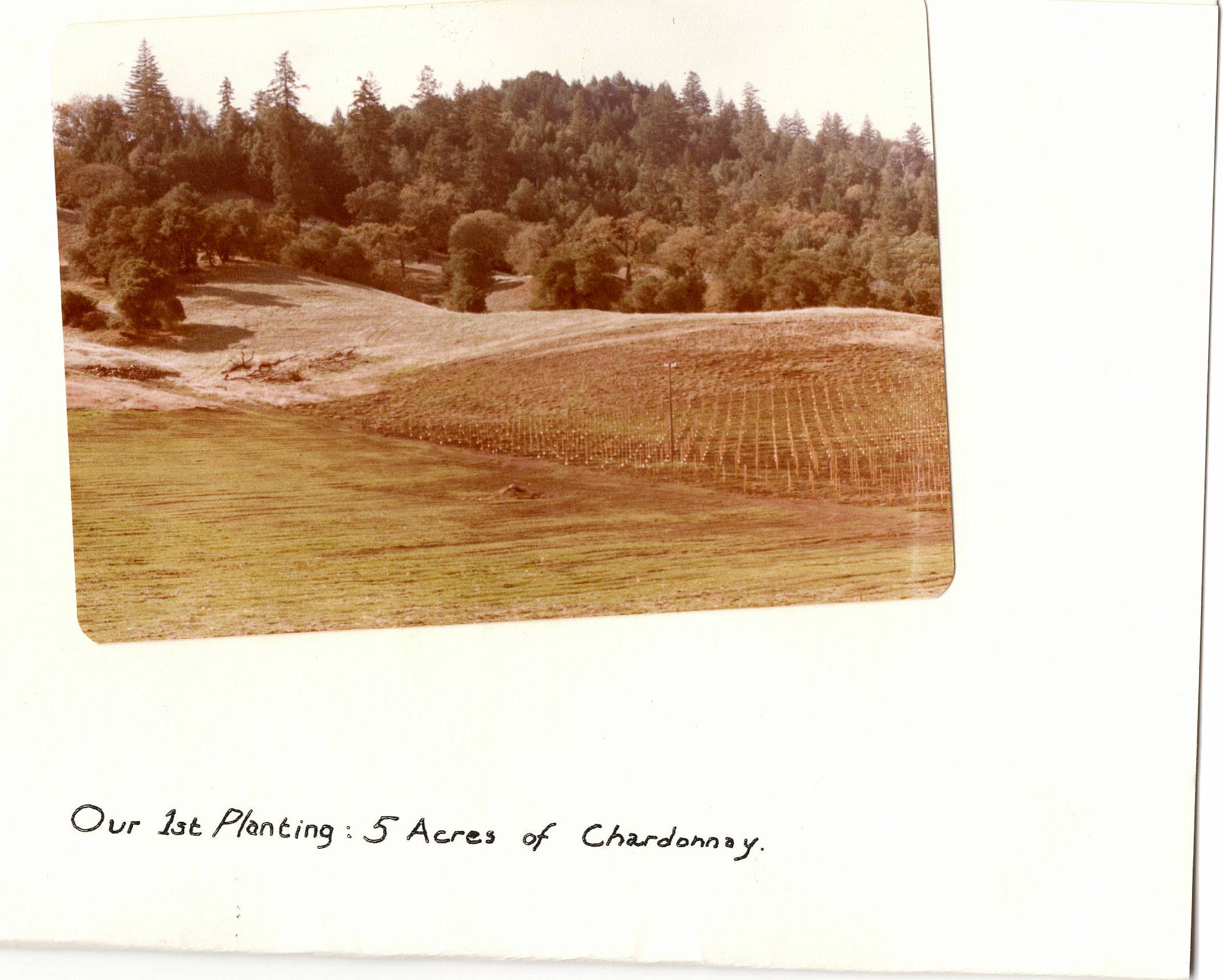
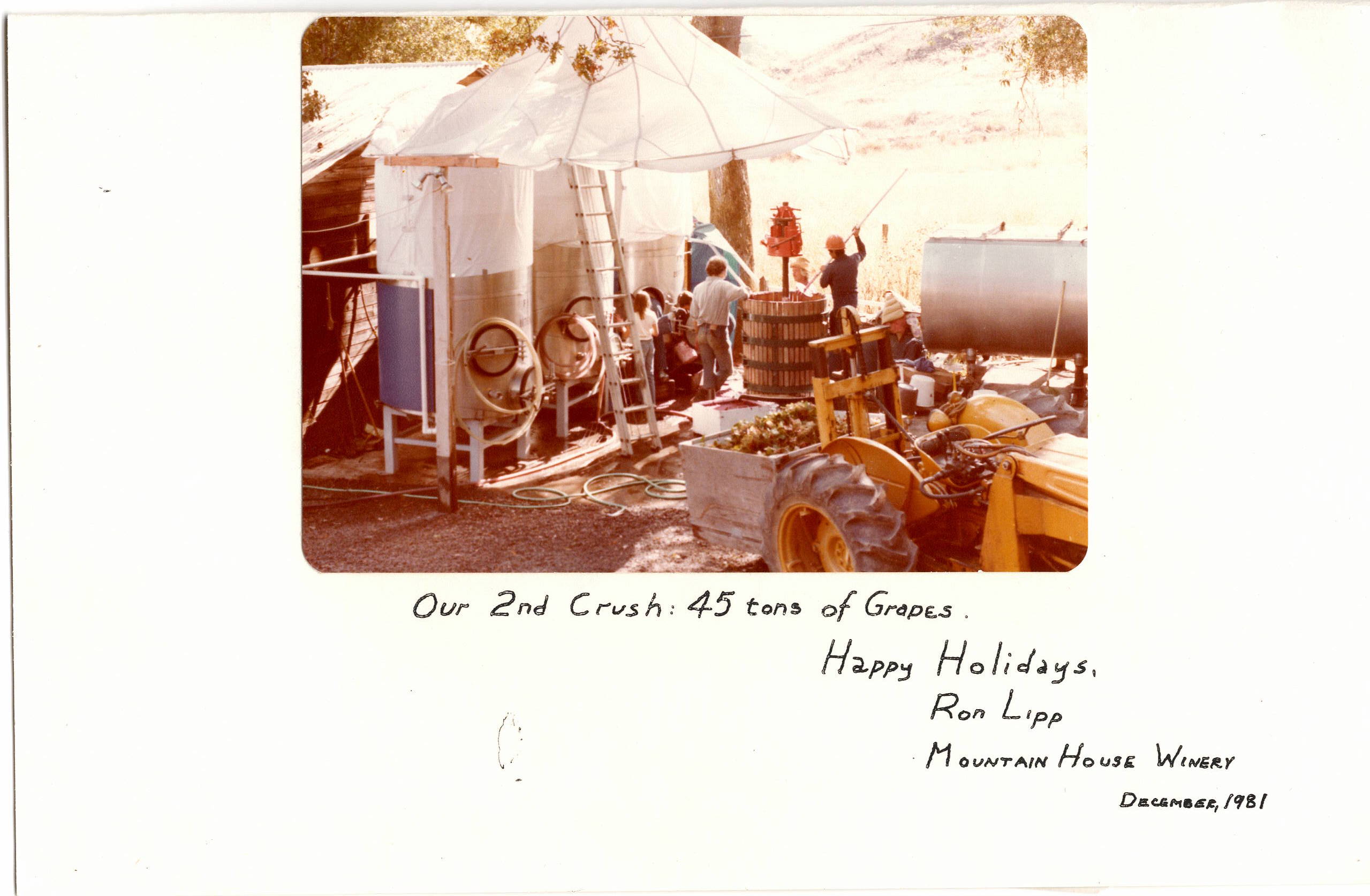
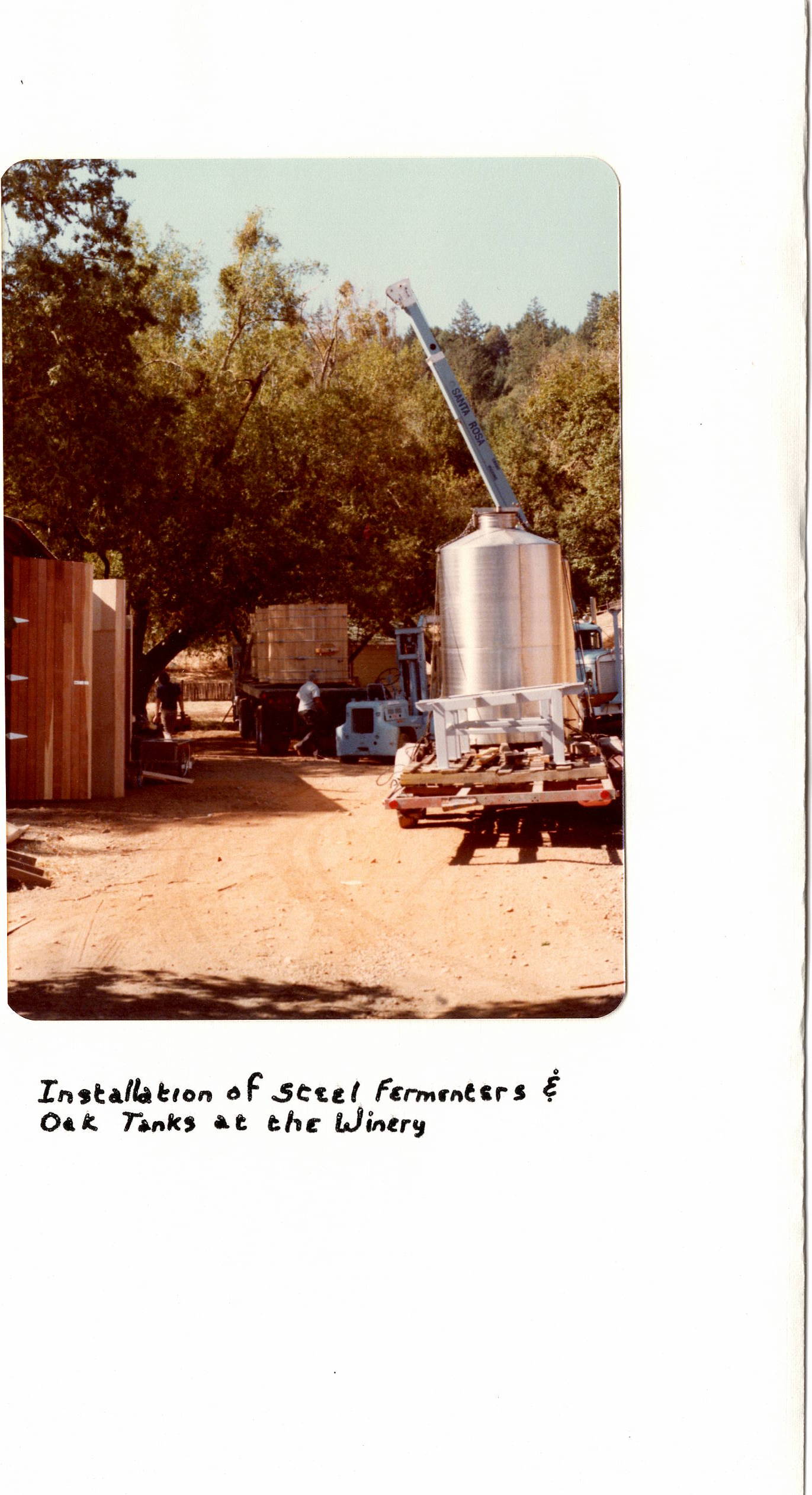
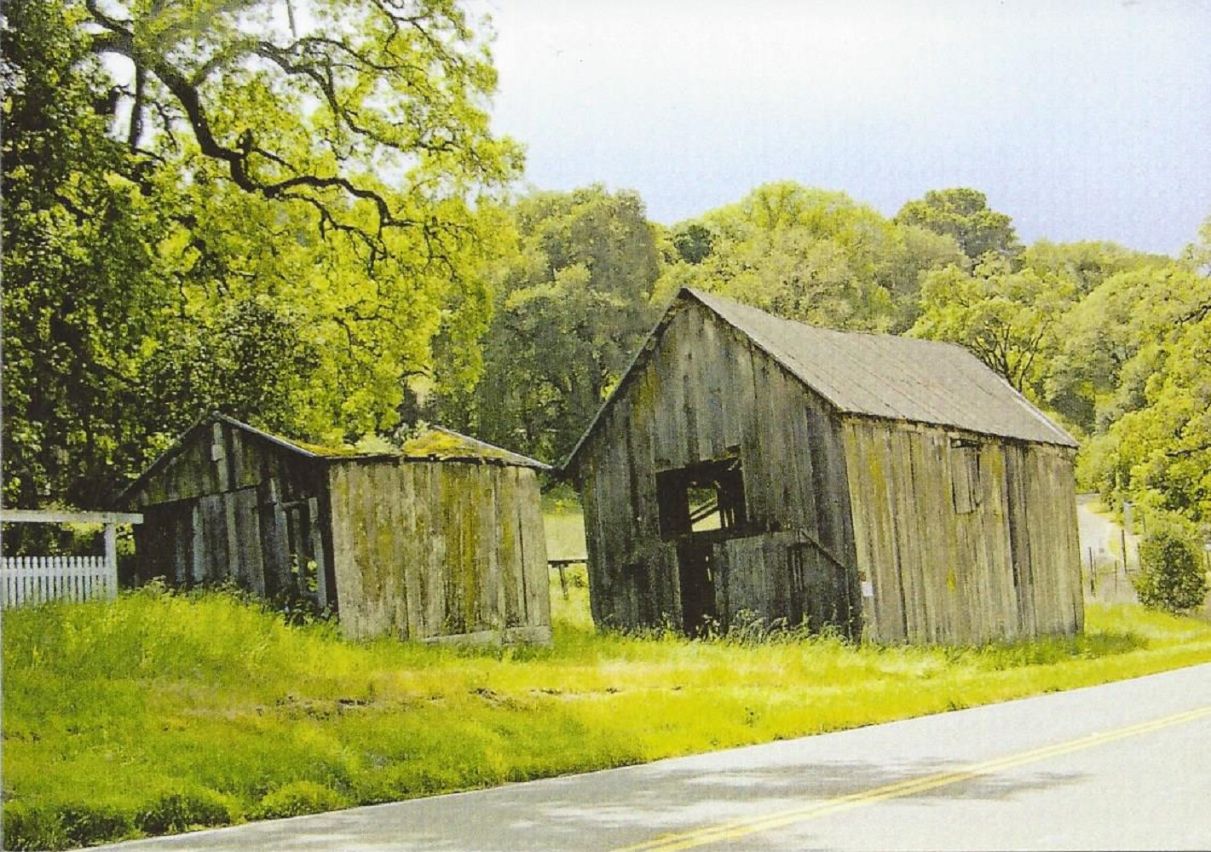
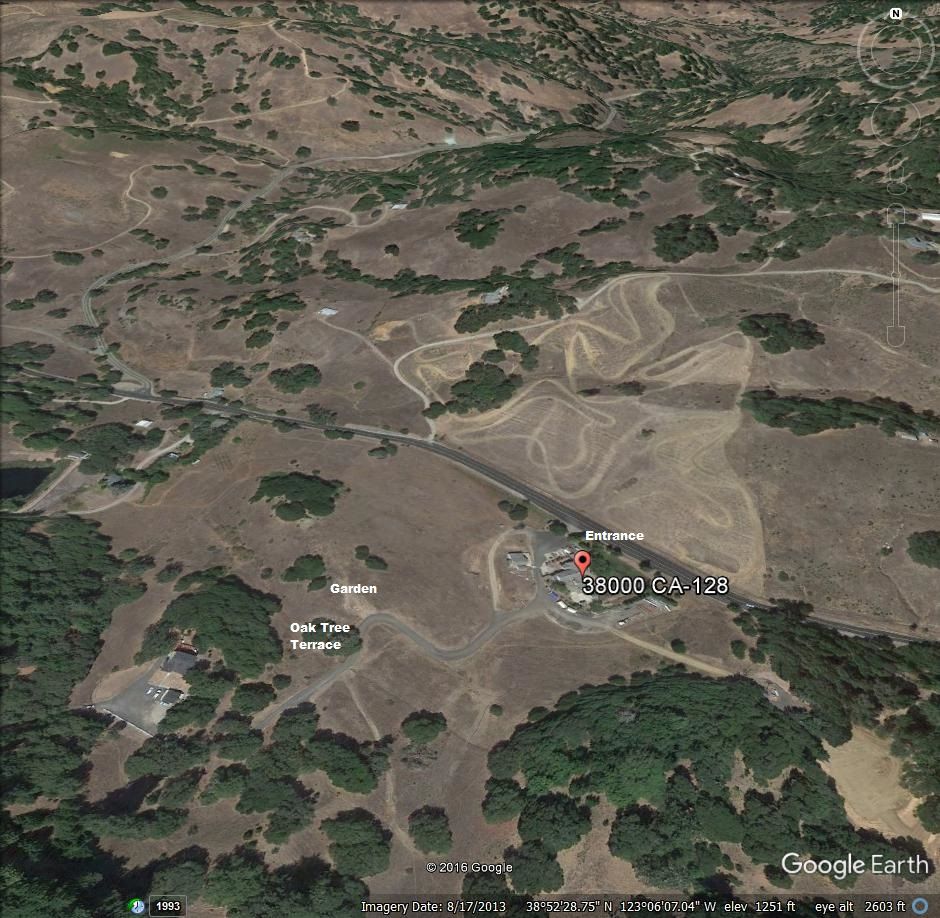
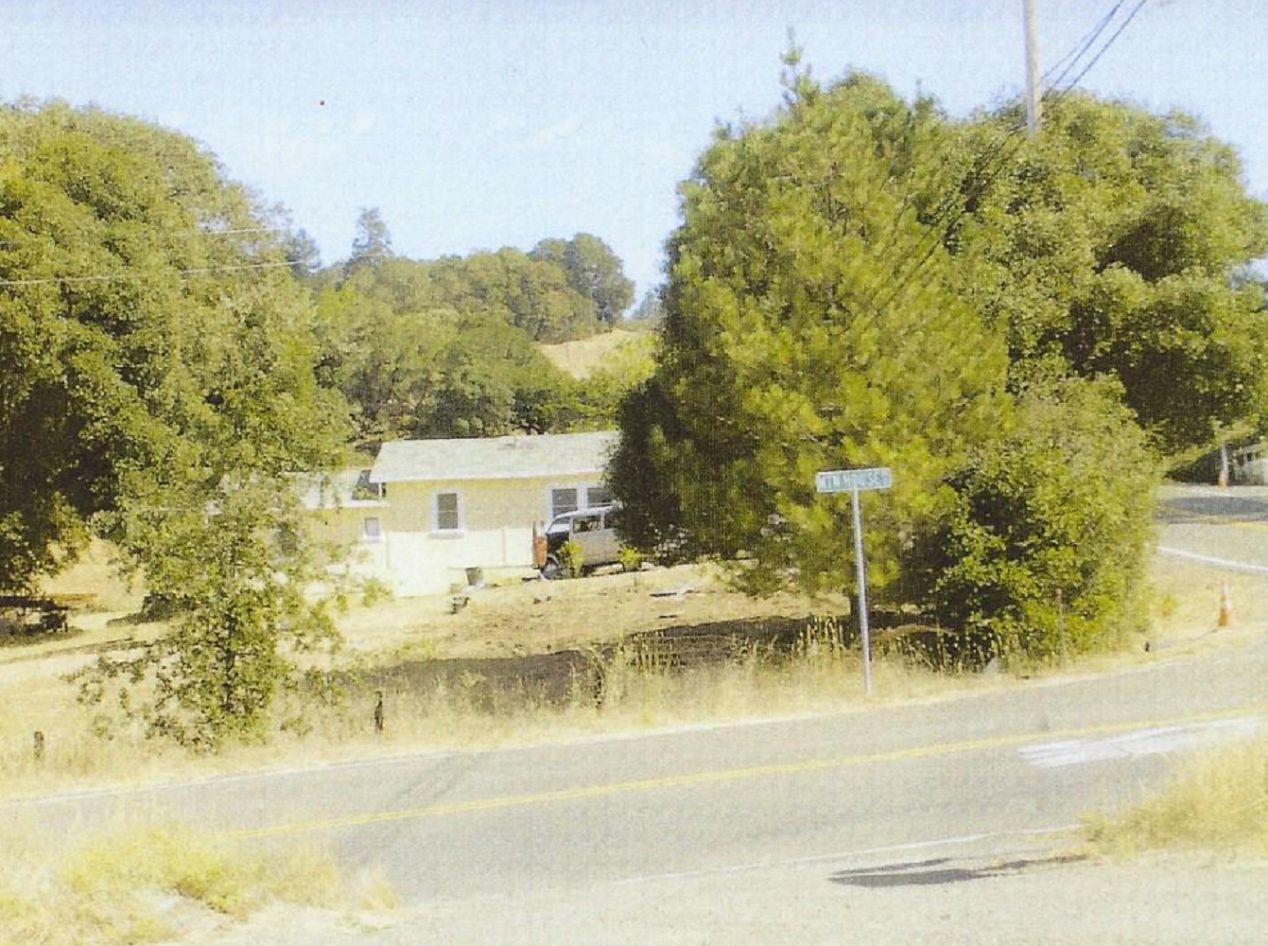
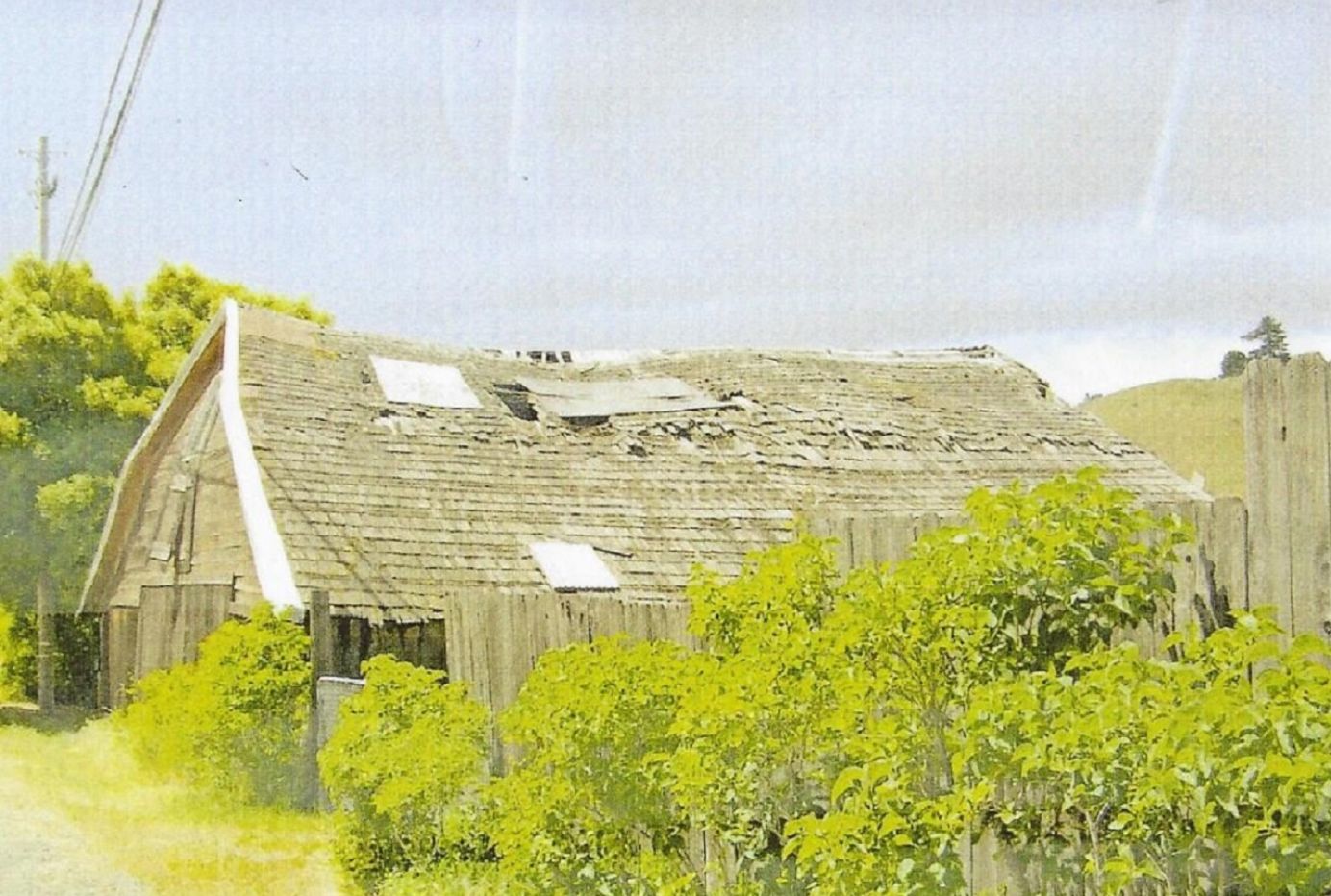

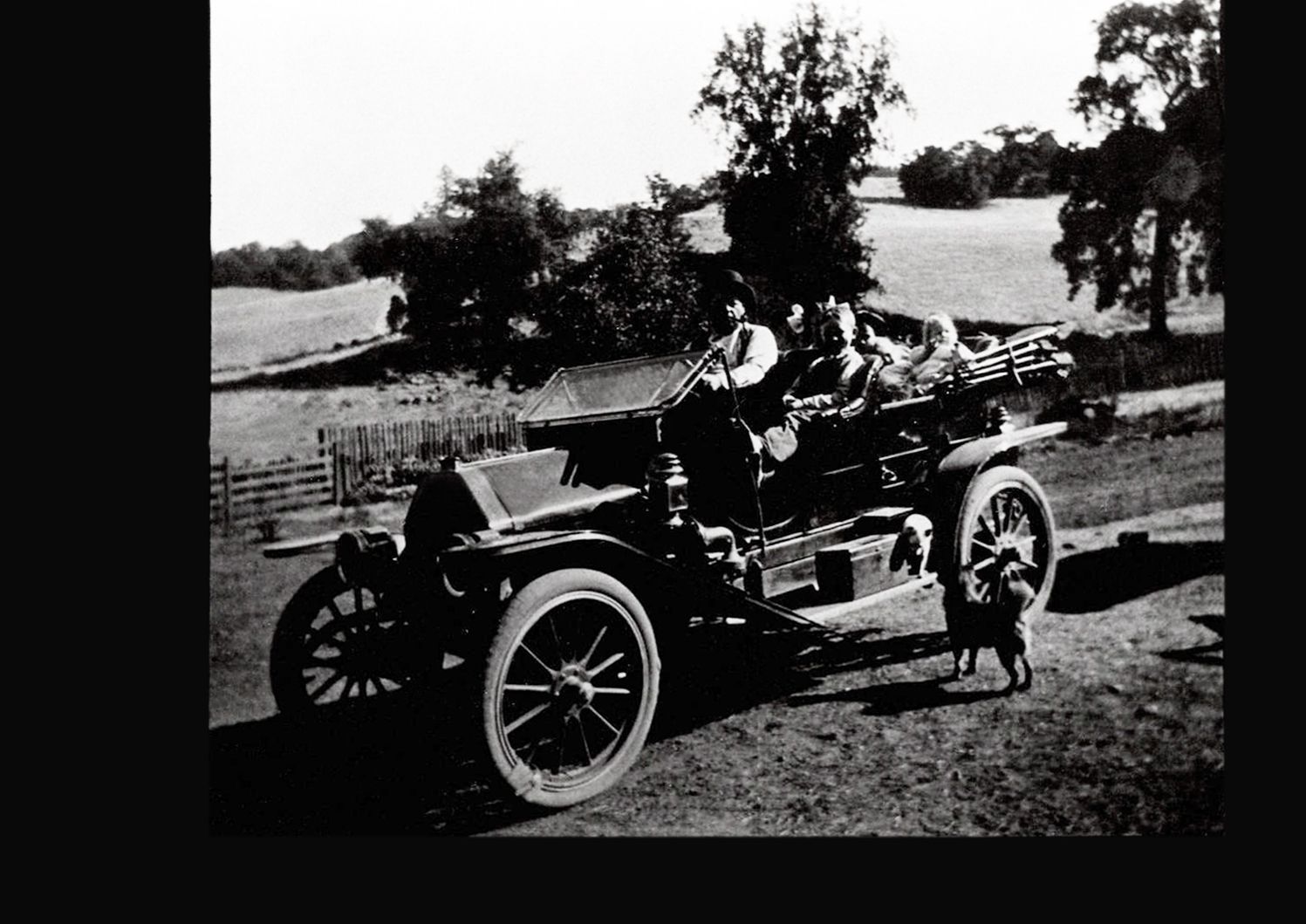
Vintner Calls It Quits in Face of Marketing Pressures
By DAN BERGER
Jan. 5, 1989 12 AM
LA Times Wine Writer
Ron Lipp feels that sales and marketing drive the wine business today, not quality wine, and for that reason he has closed his Mountain House Winery in southern Mendocino County and put the property up for sale.
It is a sad commentary, said Lipp, that his small, premium winery could make such good wine and still frazzle his nerves and those of his partner, Michelle Turner, with frustratingly difficult sales.
“The charm had gone out of the wine business,” said Lipp recently in a telephone interview from his Sacramento home, explaining why he left the wine business. Lipp is a lawyer with the firm Downey Brand Seymour & Rohwer in Sacramento, specializing in trademark and anti-trust law.
He said that after founding the winery in 1979, moving to the property and operating it through 1985, he and Turner found the pressure of sales was running them ragged. He discontinued operations at the winery in March, 1988, and put the property on the market.
“When I originally got into the business in the early 1970s, my role models were Bob Travers (at Mayacamas) and Donn Chappellet (at Chappellet),” Lipp said. “That was at a time when you could go up on the side of a mountain and make an aesthetic statement, and if you made a good product, the marketing handled itself.
“But today the business has transformed into the point where marketing drives everything. Michelle and I woke up one day and said we didn’t get into this business to hustle wine.”
Lipp built Mountain House into an award-winning winery and by 1982, he was taking gold medals at major competitions and receiving excellent reviews from wine writers. But still, he would struggle to sell the wine.
“I would go on the road, to all the major cities–Washington, New York, Chicago, Miami–and I would get into the top restaurants and I would get placement on their wine lists. But each place would buy maybe five cases. Then, the following year, when I had a new release, I’d have to get back on the road. It just wasn’t economically feasible.”
More a Commodity
Lipp said that in the decade since he began in the wine business, he feels the image wine conveys to Americans is less and less a quality statement from committed producers to more and more a commodity.
“In some ways, the charm may have gone out of it as far as the consumer is concerned,” he said, “The average businessman, the average consumer, wants a good glass of wine, and it’s nice if it says Chardonnay. He doesn’t want to pay more than $3-to-$4 a glass, and the brand means nothing. It’s turned into a commodities business, and it’s called Chardonnay.”
Lipp tried for a time to sell the winery as is–lock, stock and barrels. He had no takers, so he sold off most of the remaining inventory, and is now looking to sell just the property.
He said he would love to find a buyer who would continue to operate the winery as Mountain House, and he said he was prepared to listen to proposals from anyone who was quality-oriented and would not allow the wine under that brand to deteriorate.
The property, with a Cloverdale address in Sonoma County, is 7 miles west of U.S. 101. It has 80 acres of land, 5 planted to Chardonnay; a 9-acre-foot lake, a winery and a four-bedroom Victorian home that was an inn and stagecoach stop in the late 1800s. There are also six other buildings, including a guest cottage on the property.
The last vintage of Mountain House wines was 1985.
